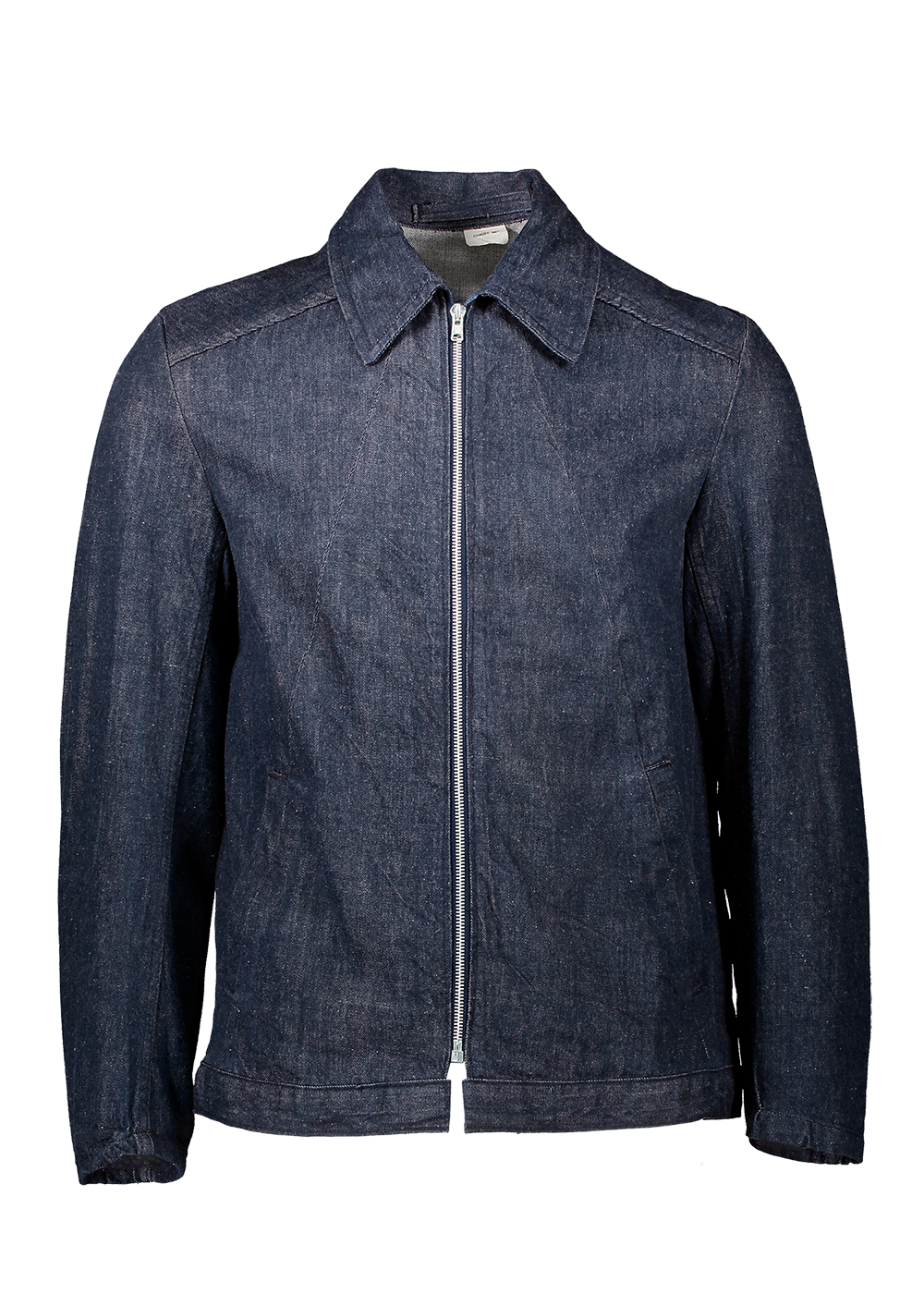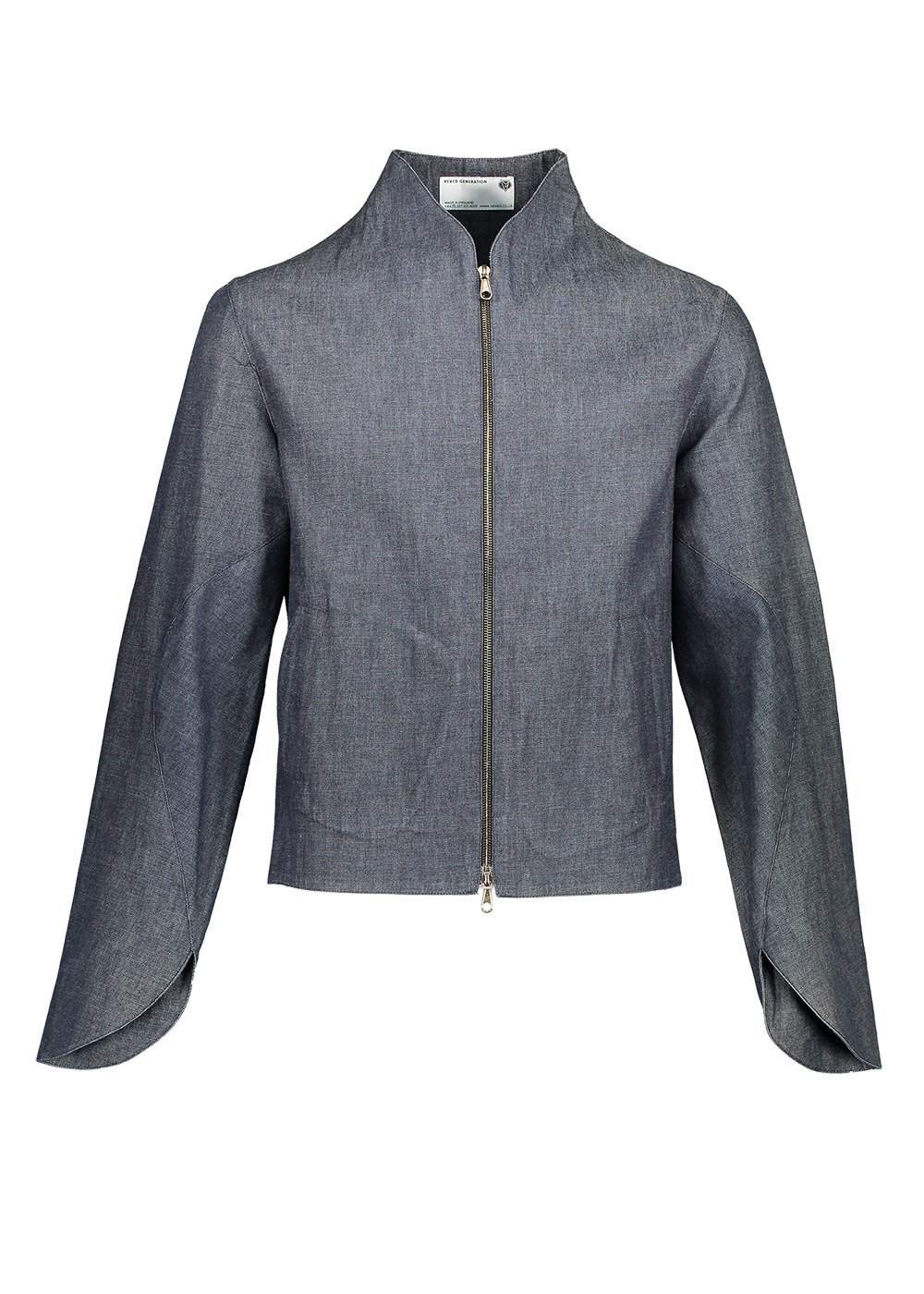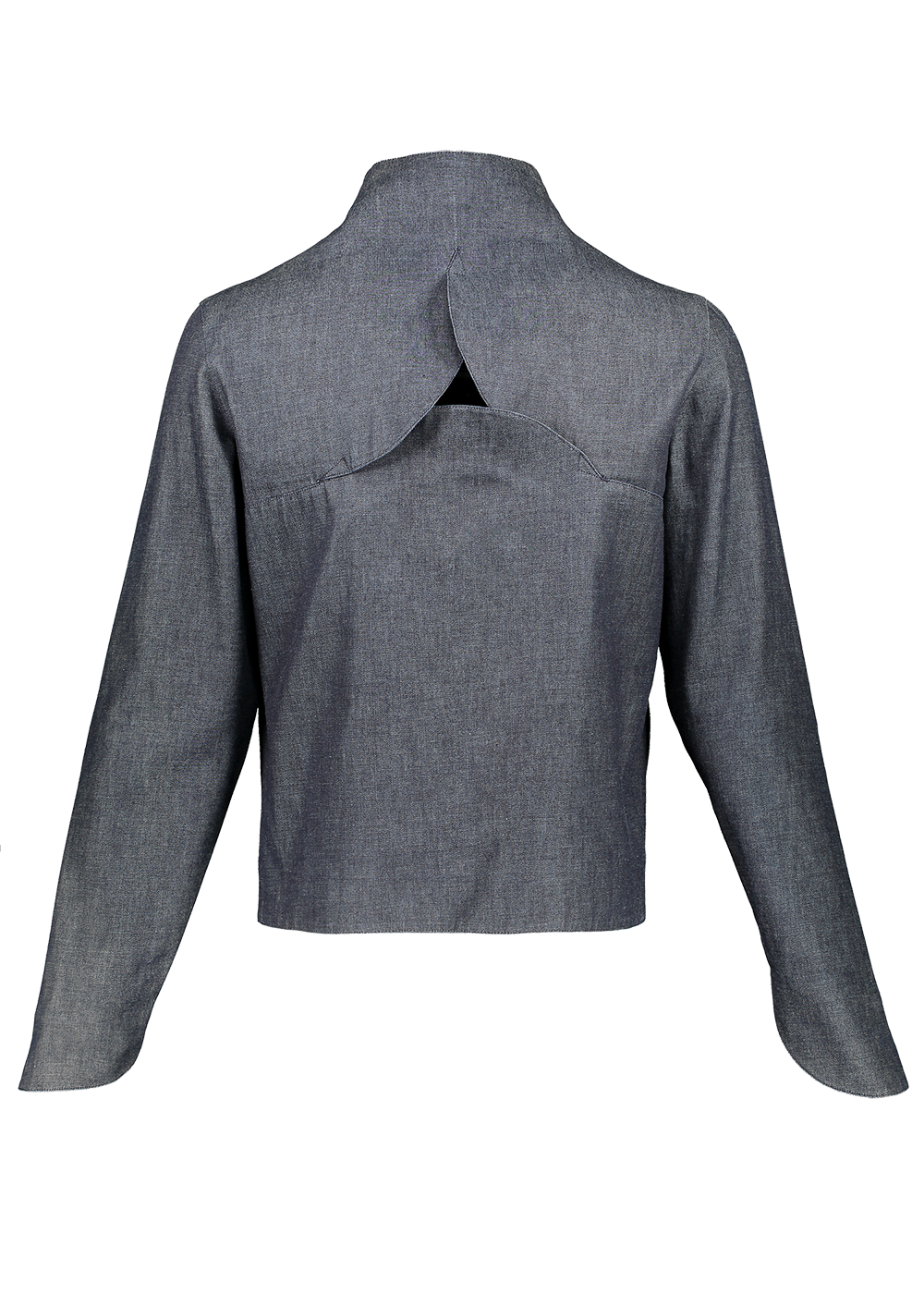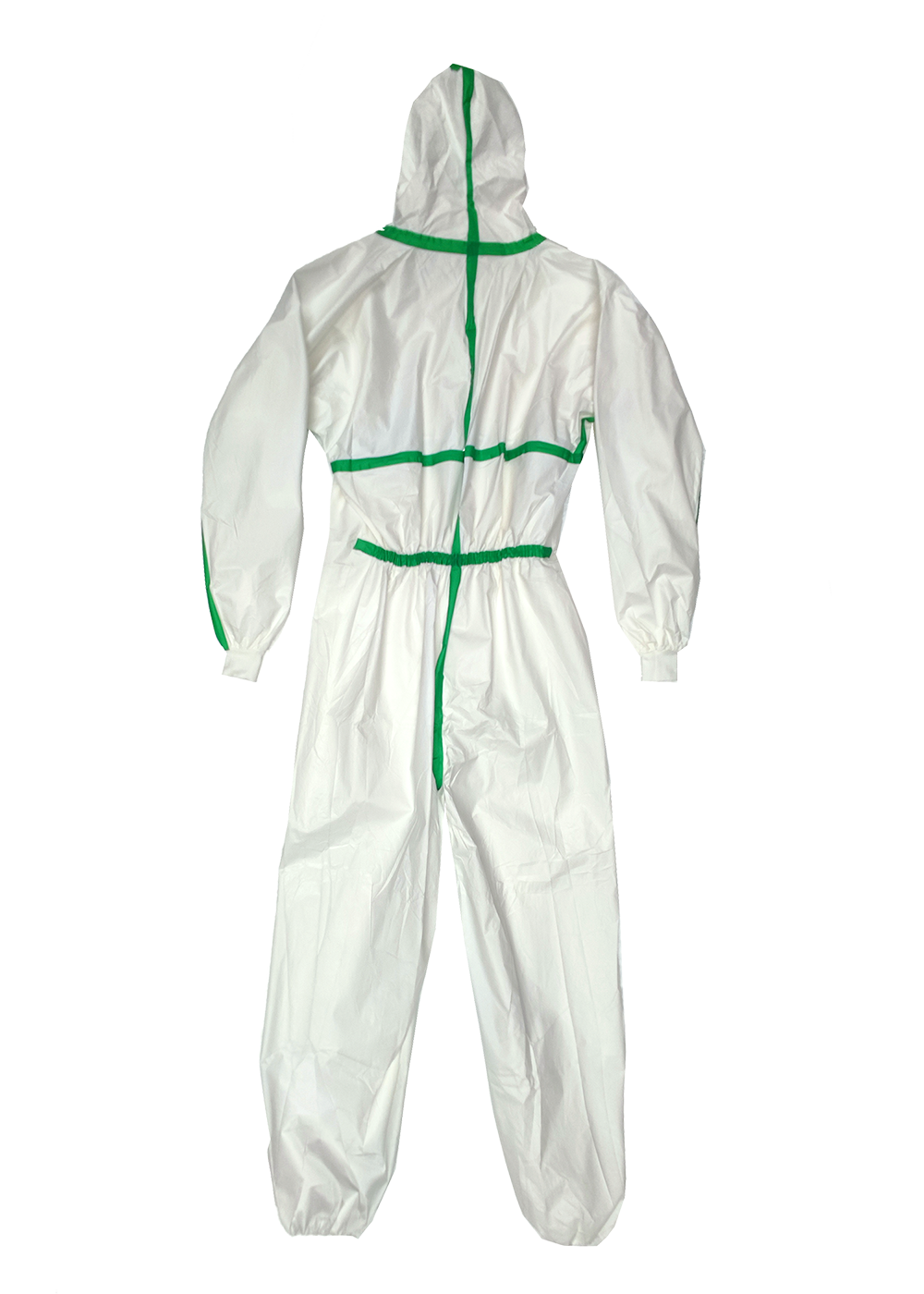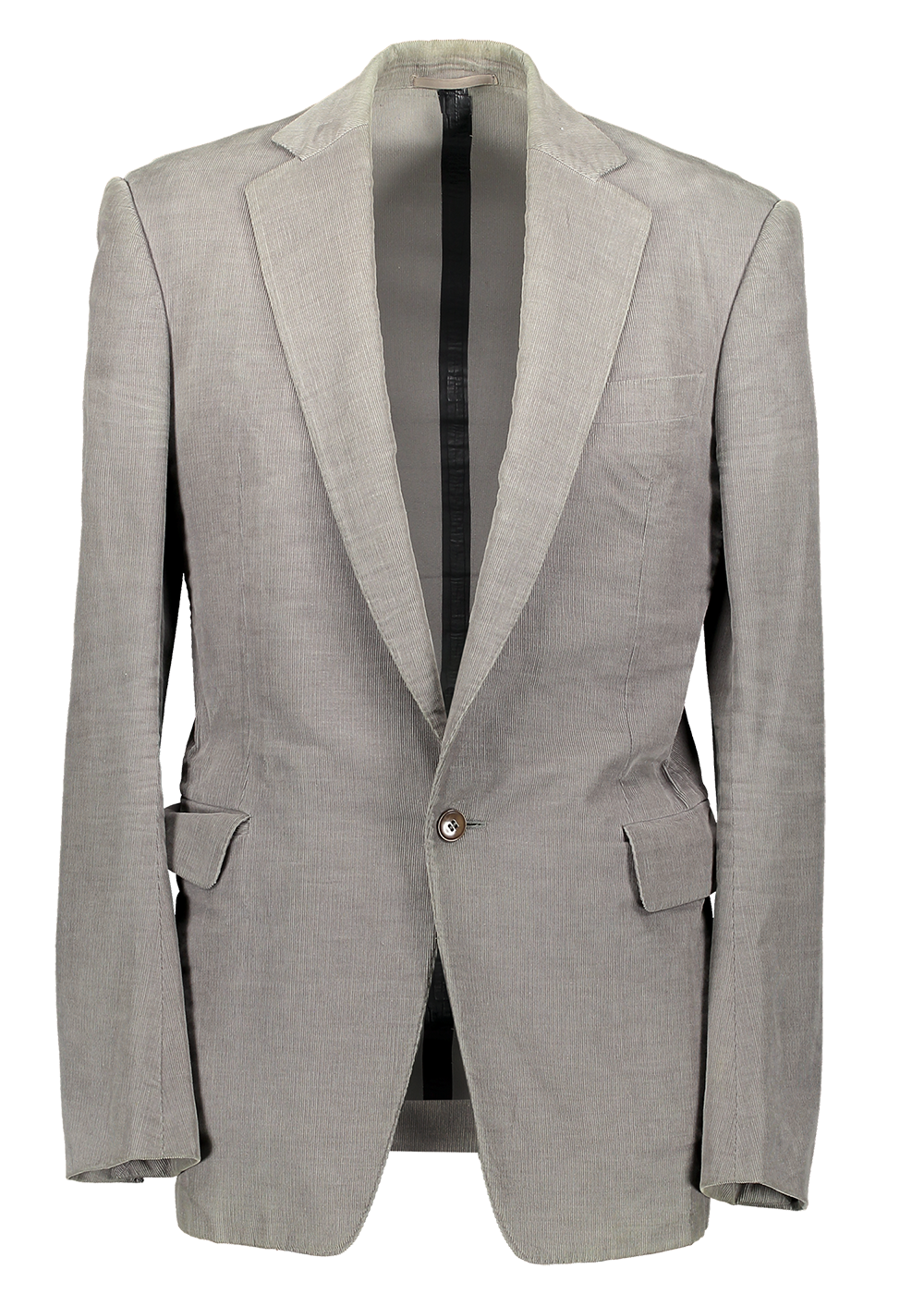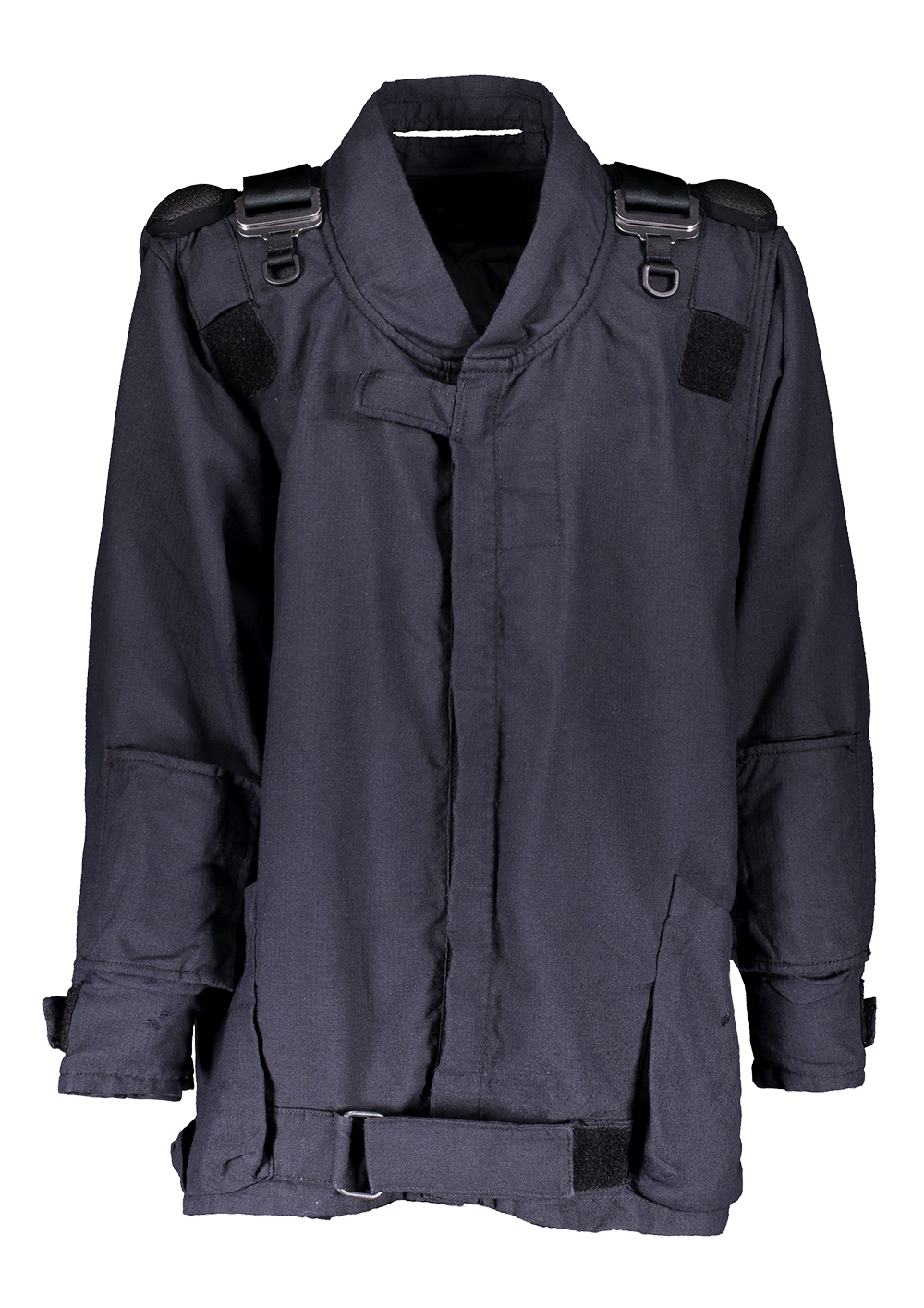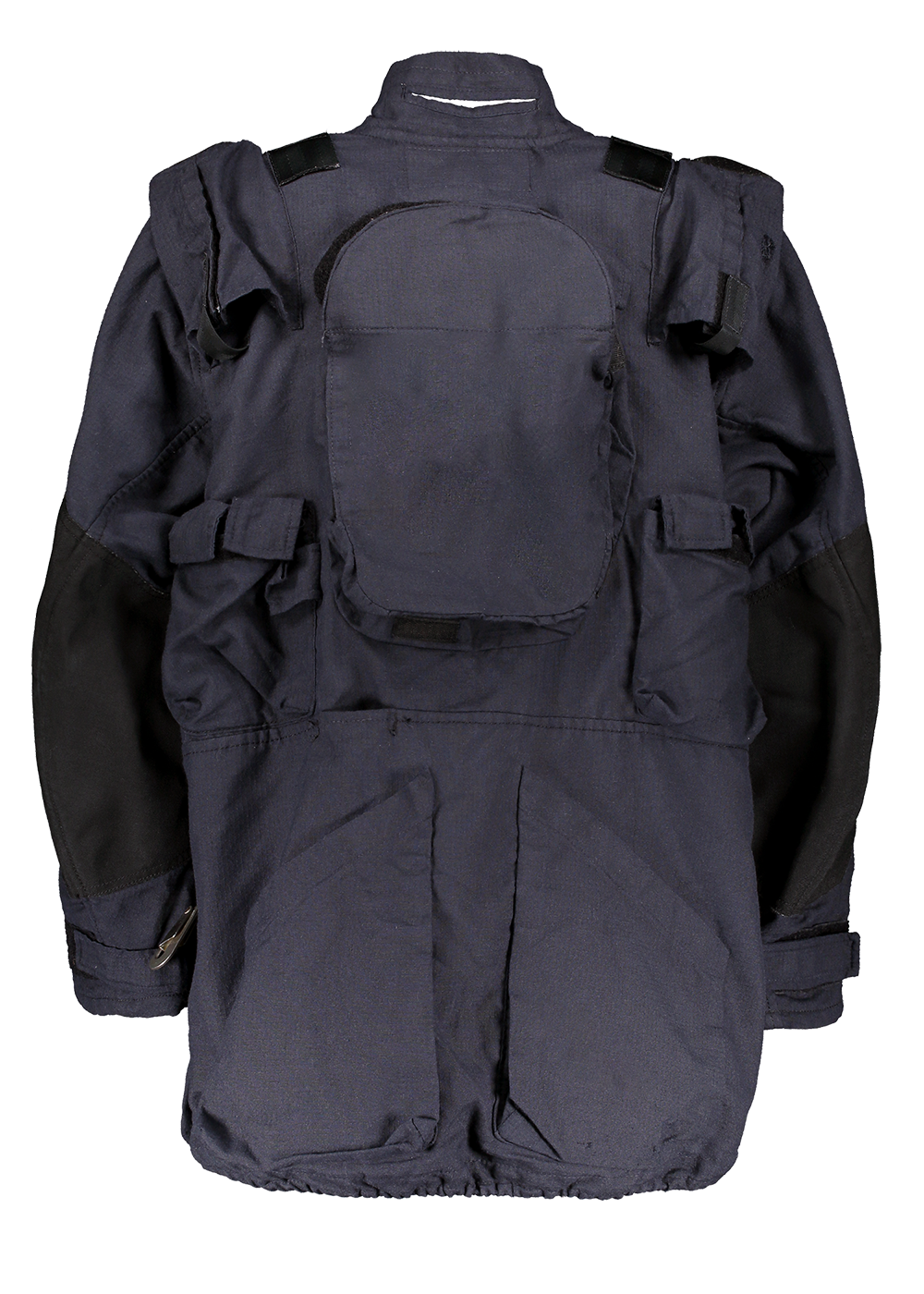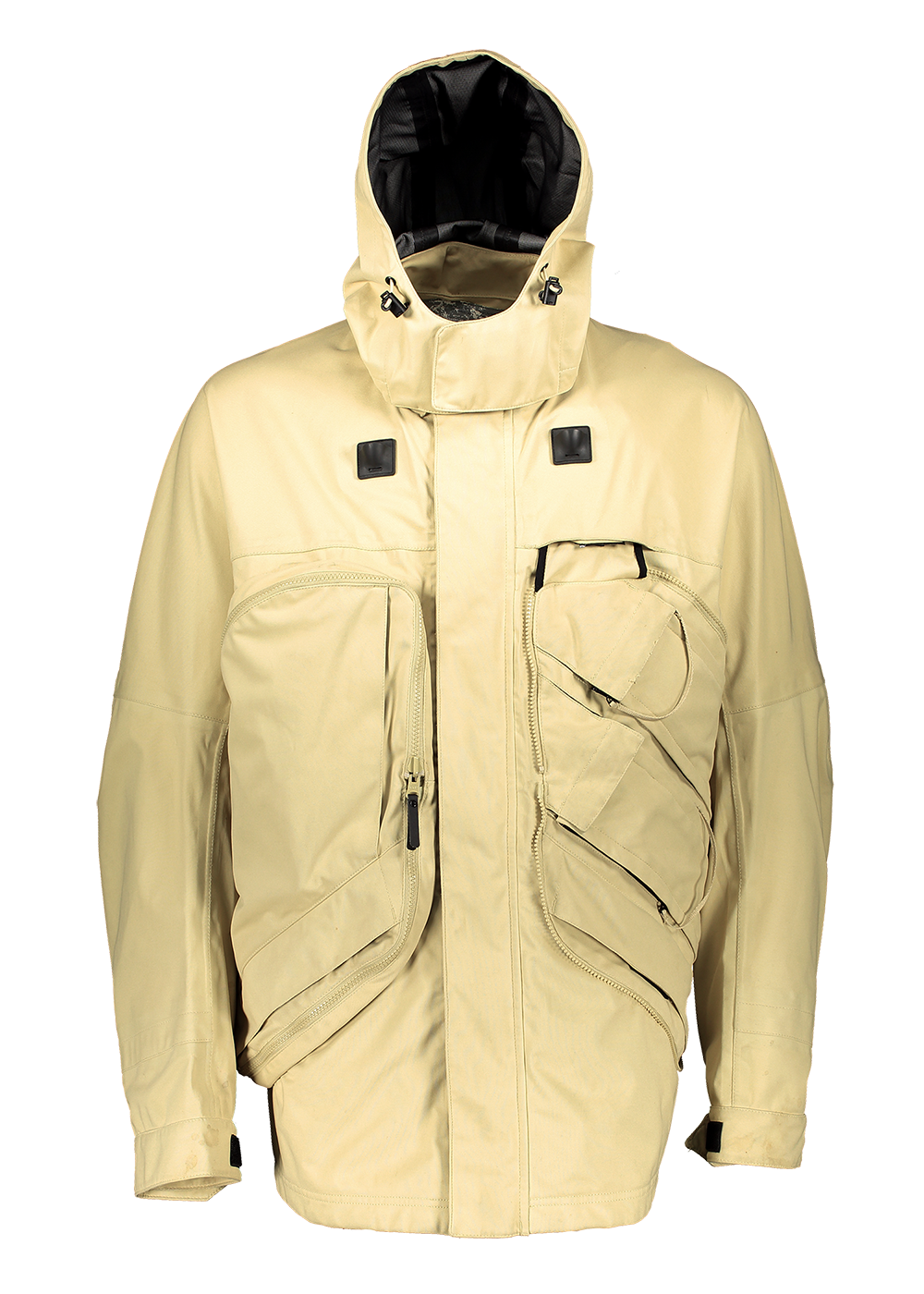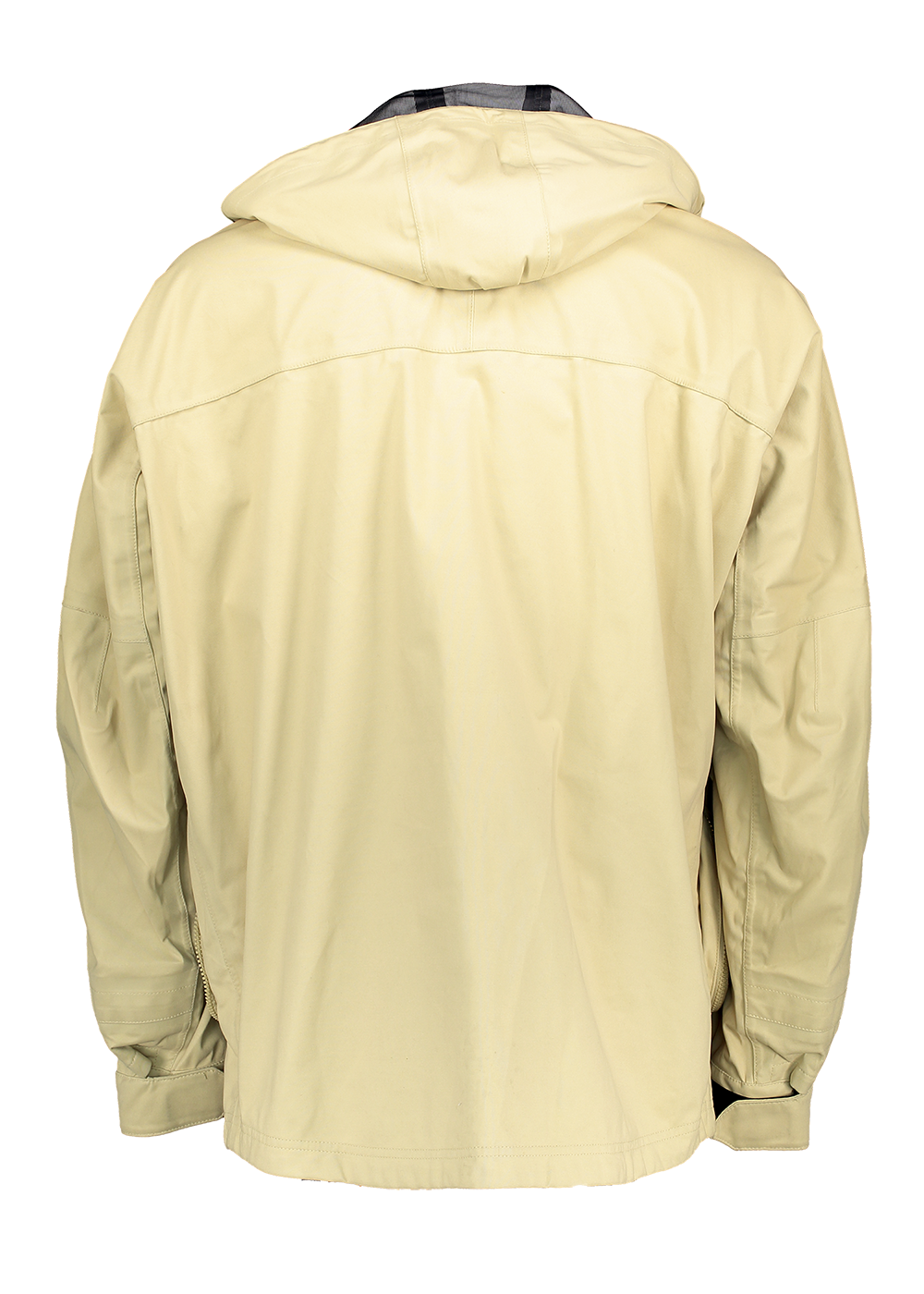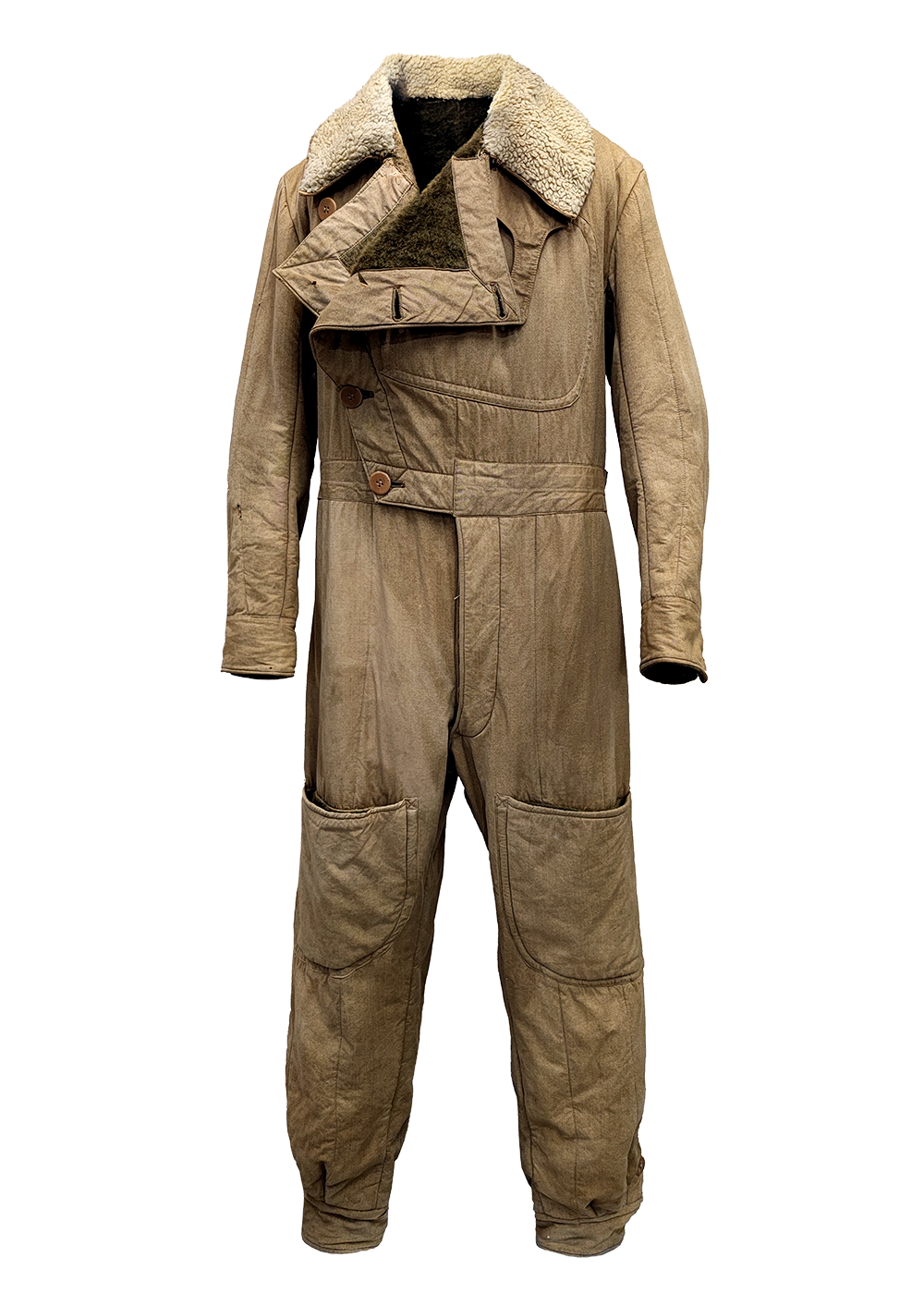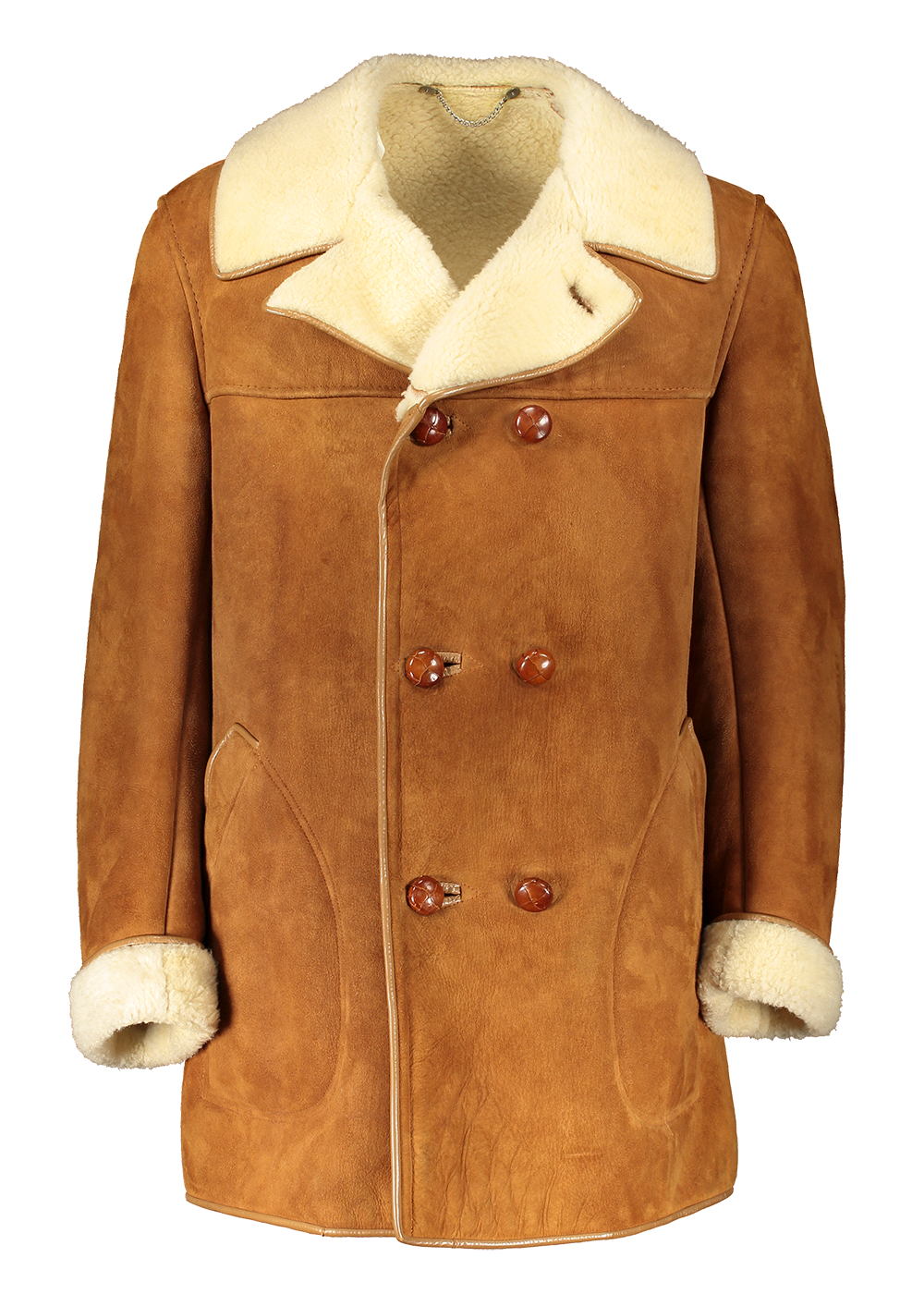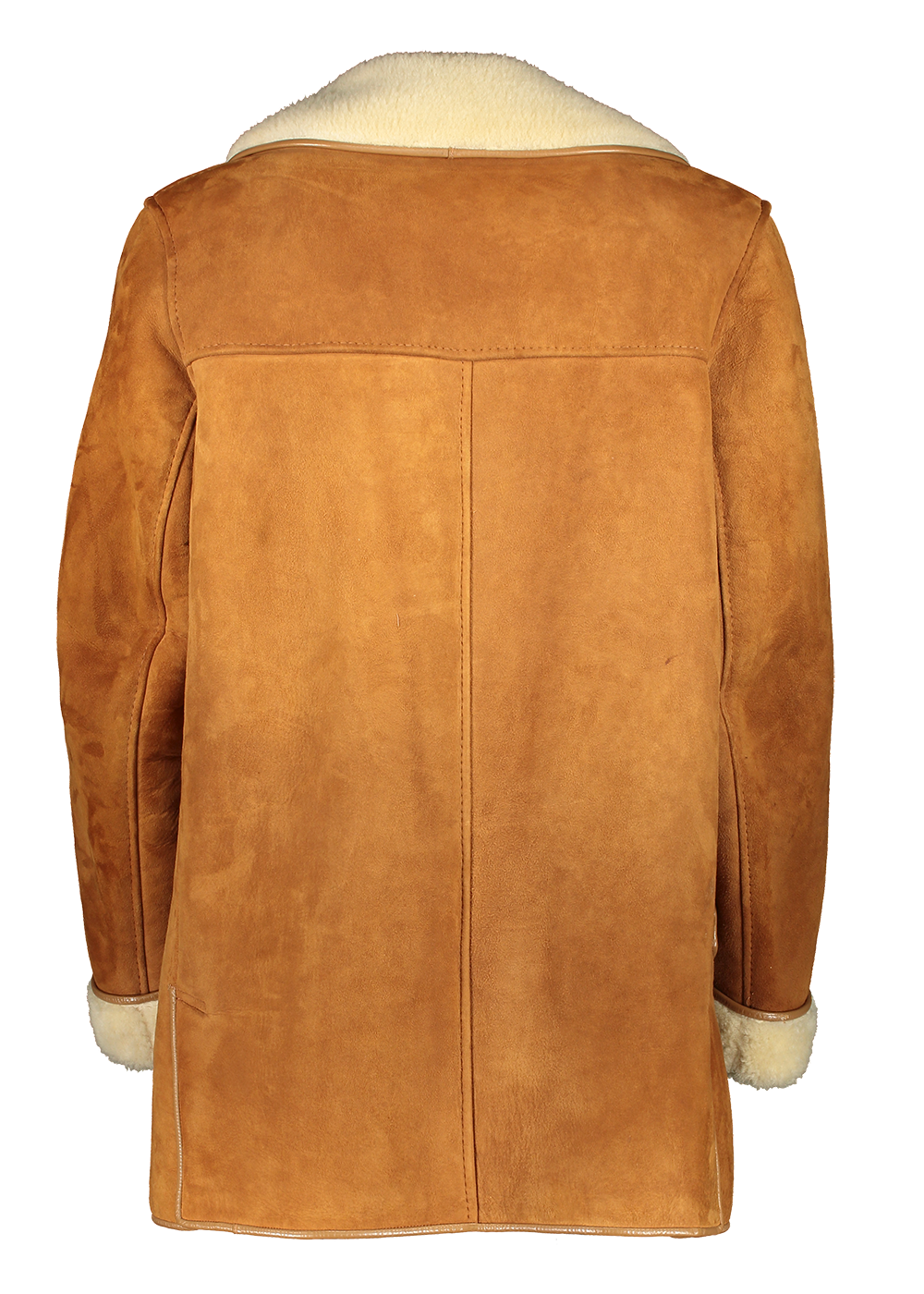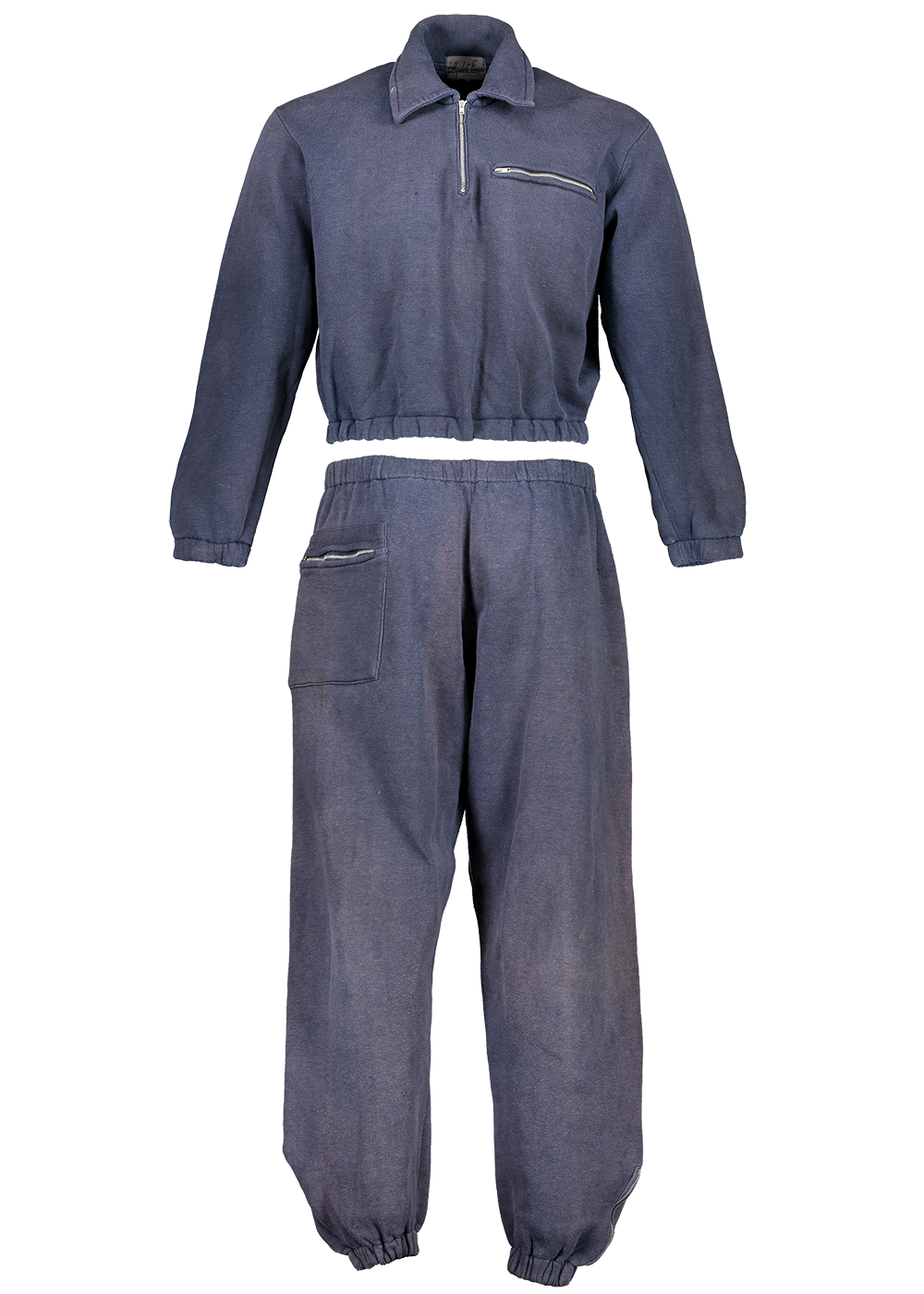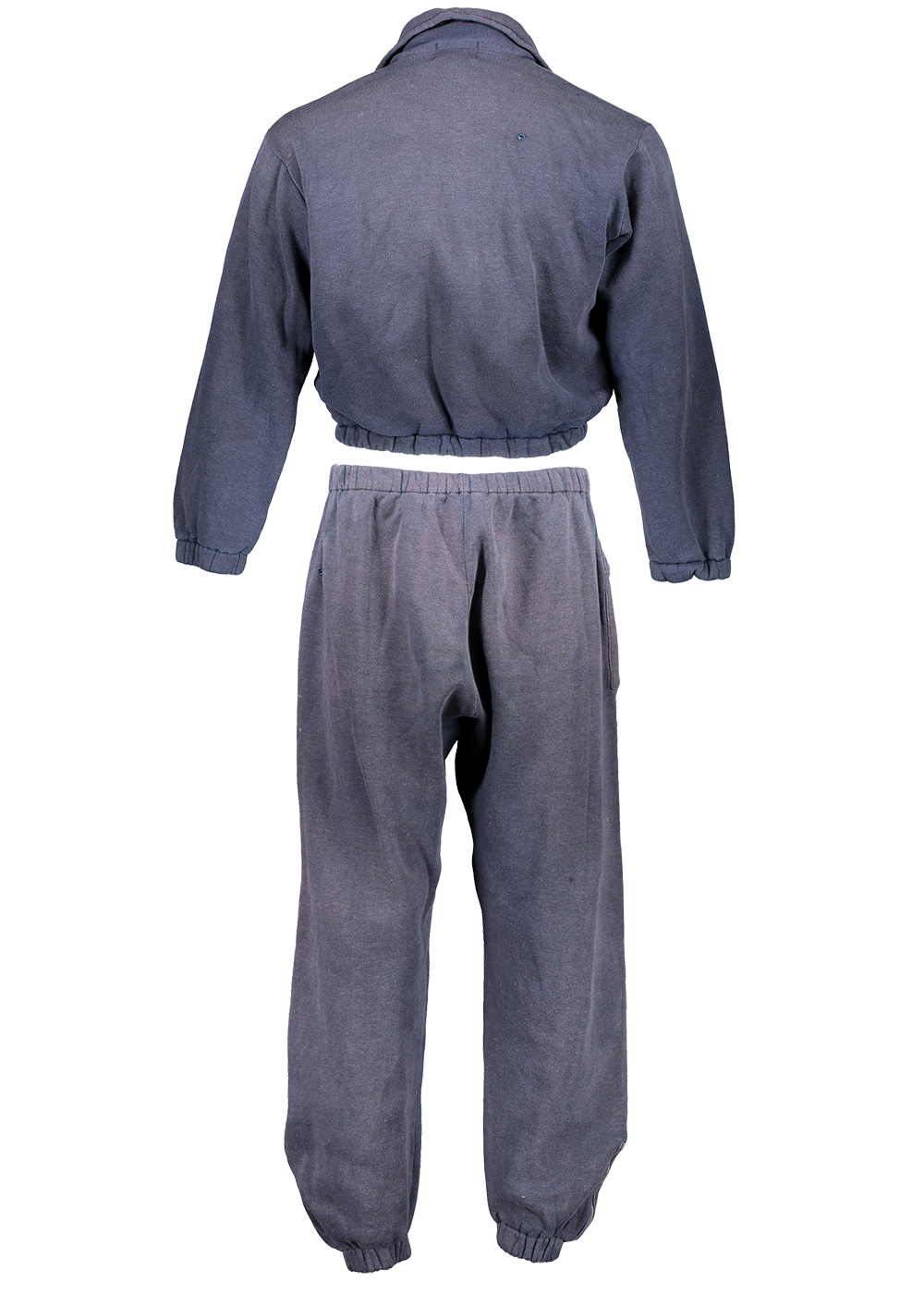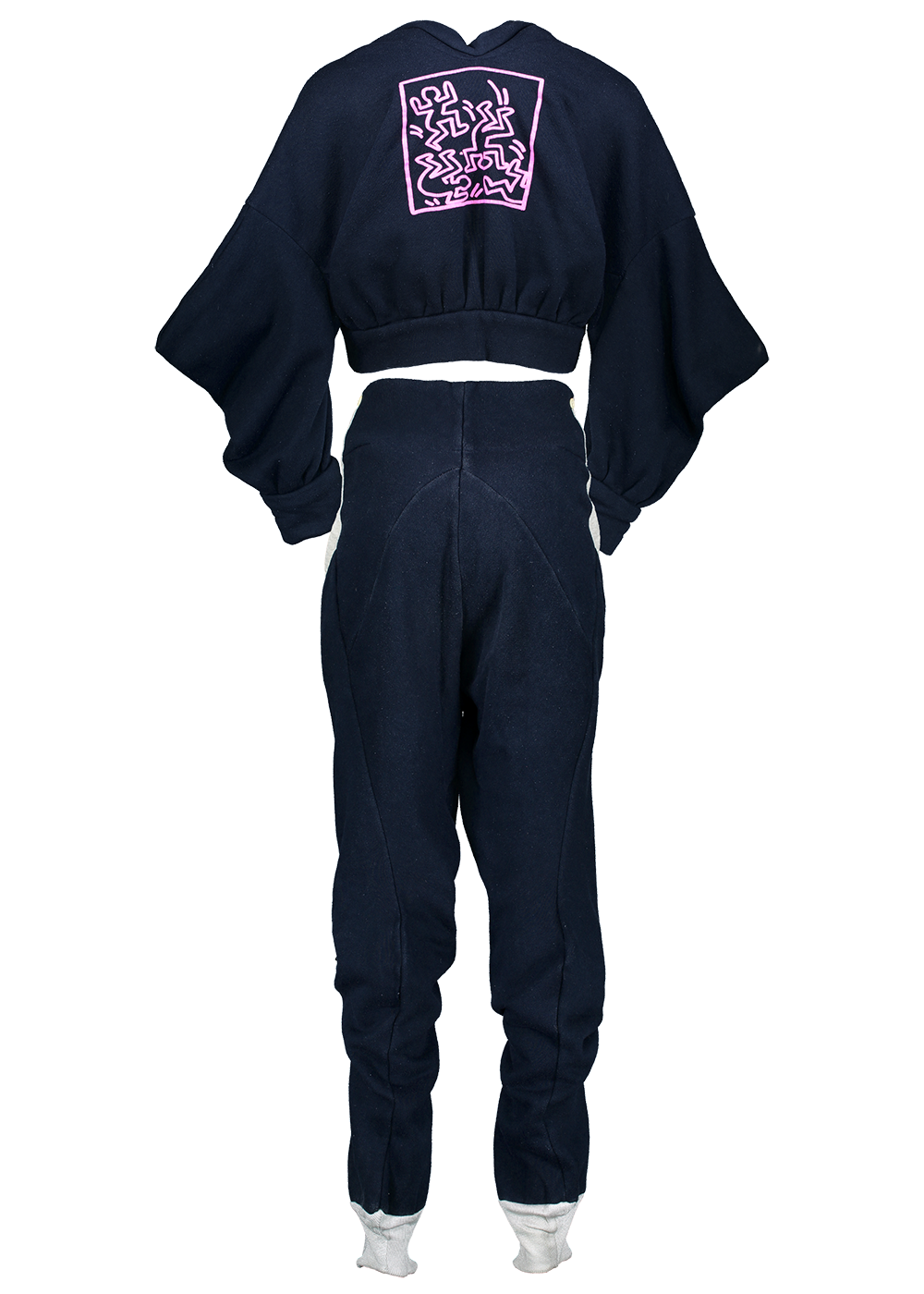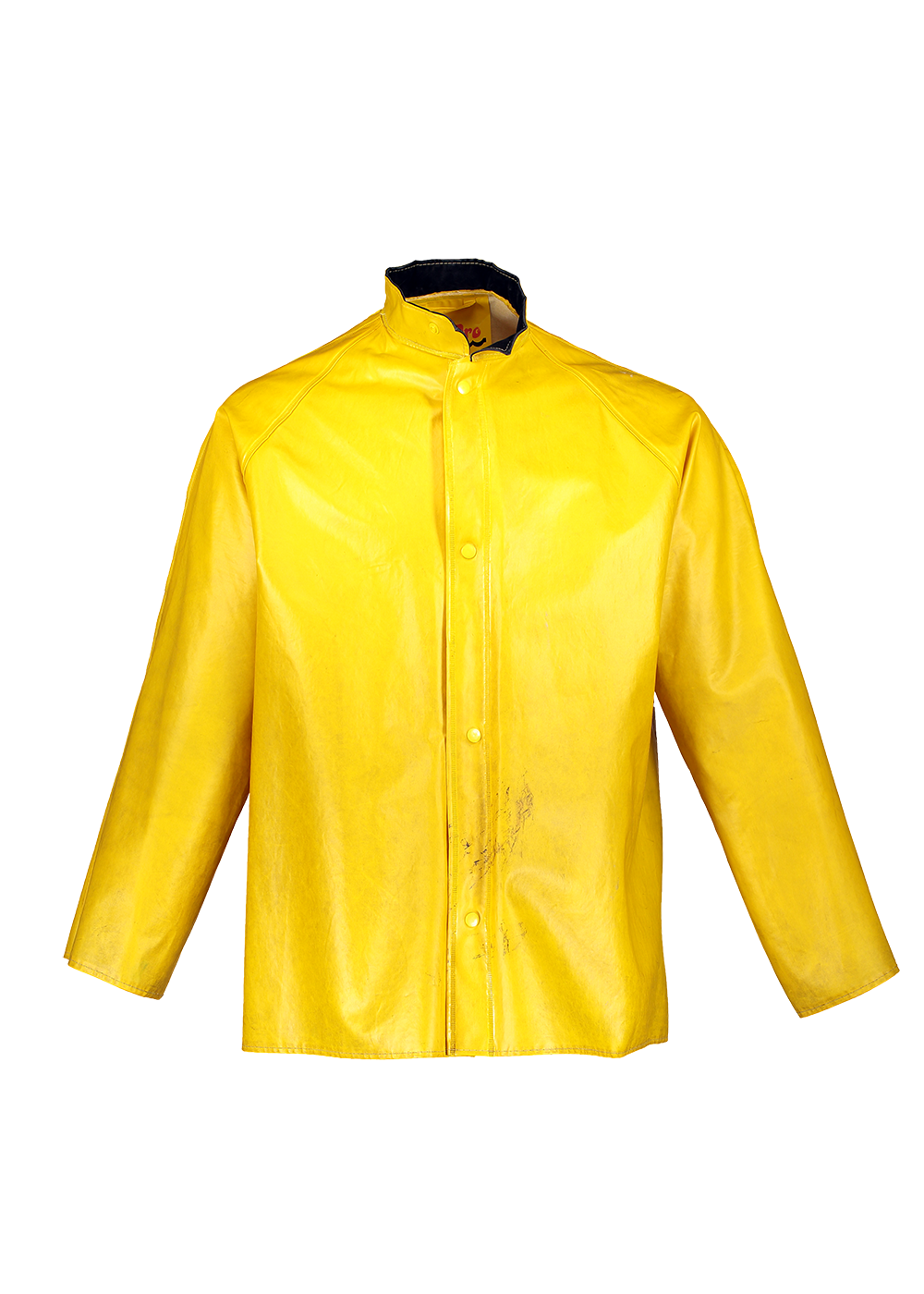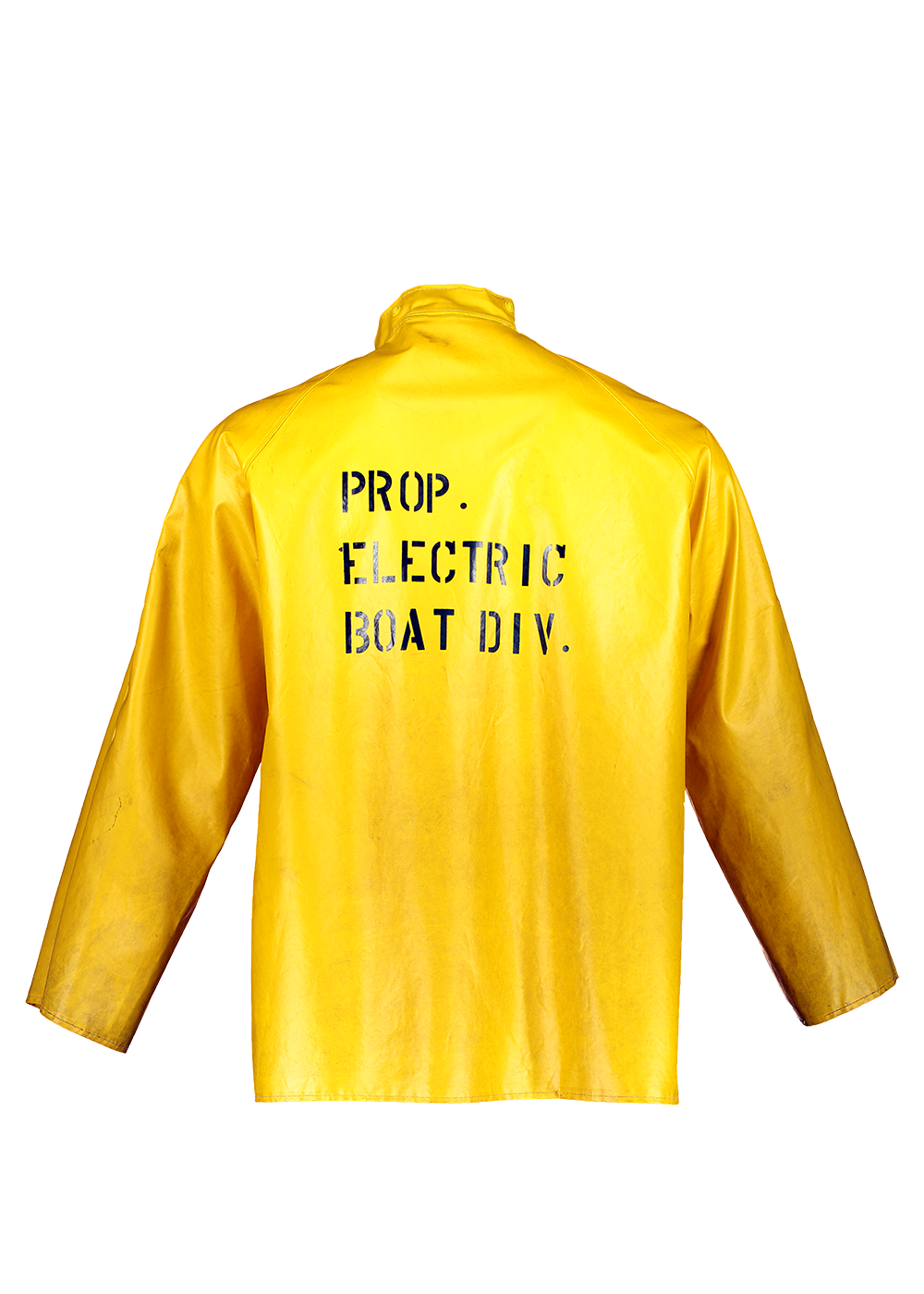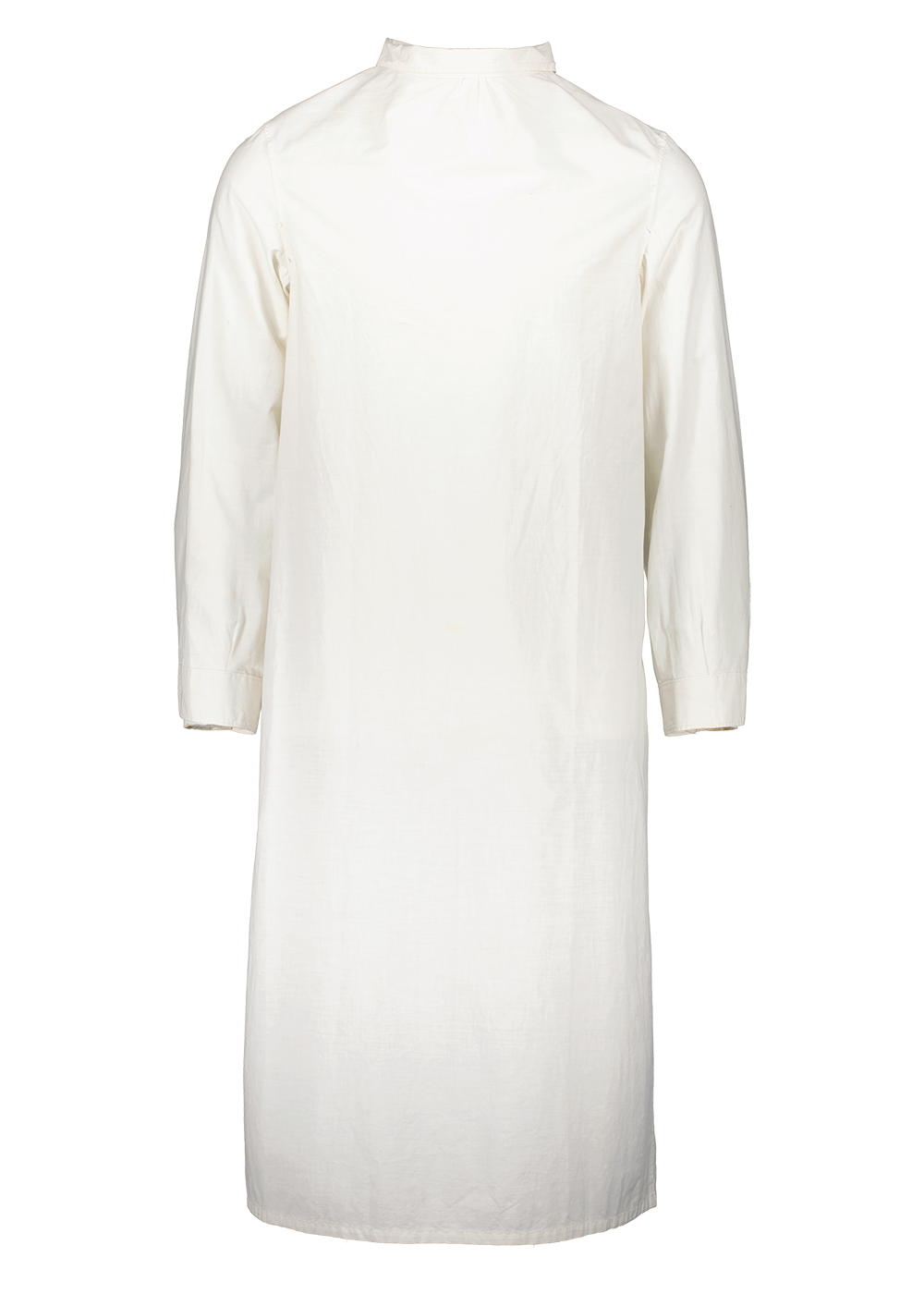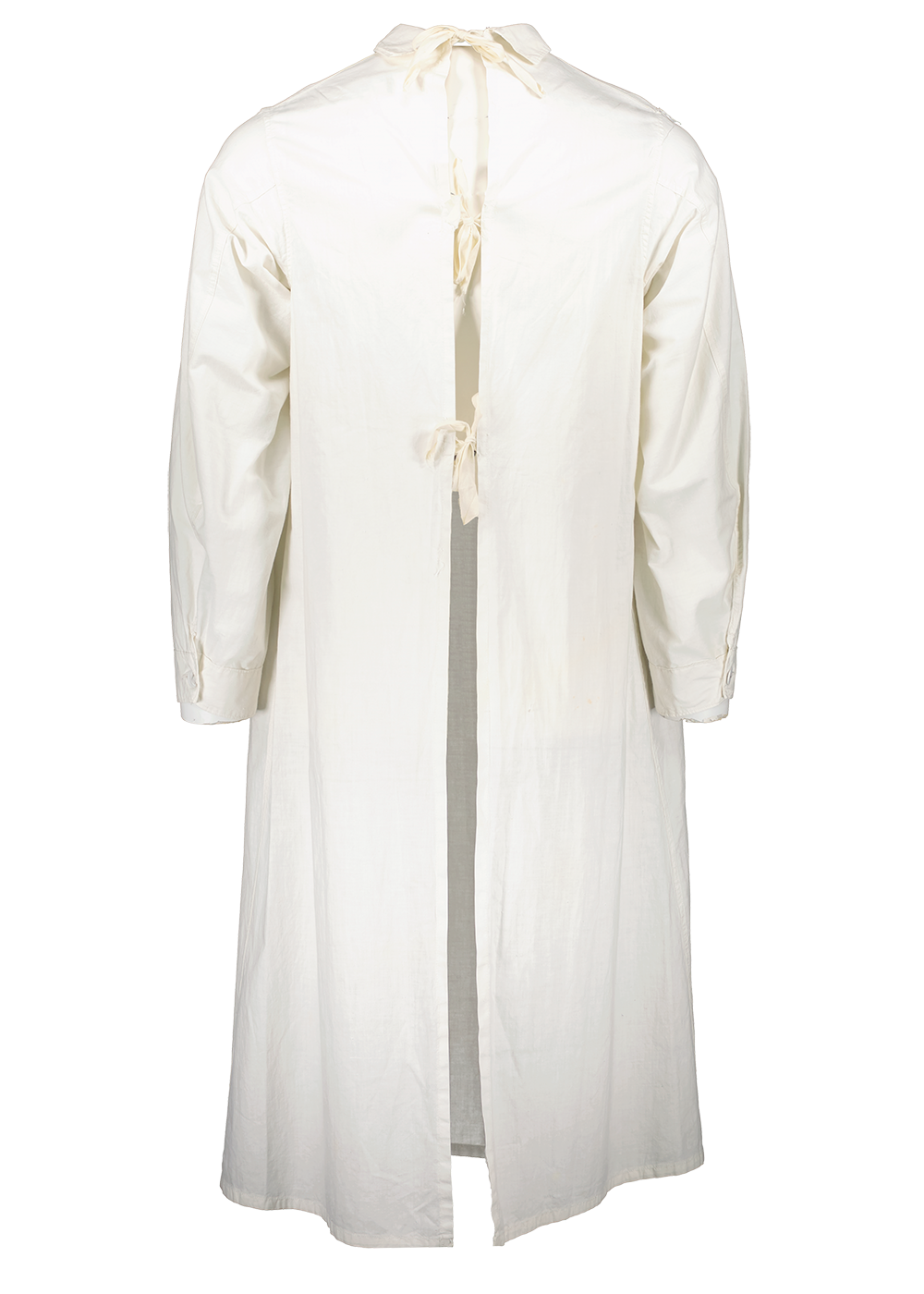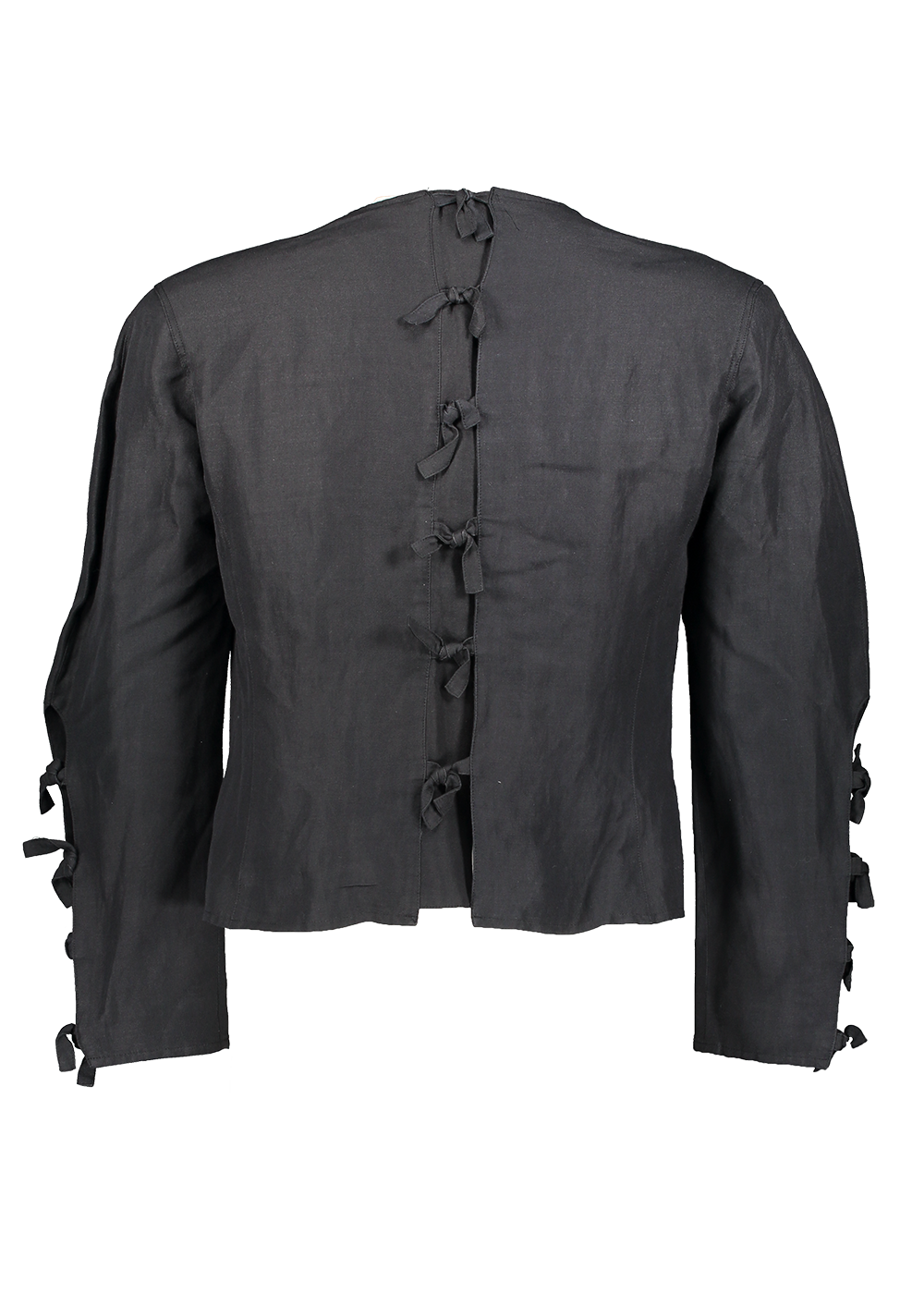Fashion instantly mocks sensible inventions in clothing, subjecting them to unfunctional usage as soon as they appear, so they can seem authentically desirable and never merely convenient. This happened to belts, pockets, and fastenings of every kind, to helmets, aprons, and boots; they are no sooner put into use than into play
– from Sex and Suits, Anne Hollander (1994)
It’s no big secret that fashion designers make use of reference garments time and time again. Aside from the practicality of learning from those who have successfully designed before, here at Bog, we have a couple of theories for why this is. Firstly, because most humans share a similar shape (some combination of a head and torso plus arms, legs, feet etc.) it’s quite hard to reinvent the wheel when it comes to the basic shape of clothing. And when people do, the garments are often quite impractical for day-to-day wear because of a requirement for clothing to work in tandem with our anatomy. Our second intersecting theory is that references in clothing are likely to dictate a subconscious emotional response in the wearer.
Think about it: what are you wearing now? It’s likely that many of you are wearing denim, perhaps a pair of blue jeans. Where does this garment come from? Maybe you have your own specific reasons, but it's likely you’re wearing these jeans because they’re comfortable, a ‘wardrobe staple’. Why wouldn’t you wear them? But maybe there’s something also at play concerning what they symbolise. Maybe you’re into old workwear and you’re wearing them because you enjoy thinking about the history of denim and gold mining and California and all that stuff. Or maybe you’re into the fact that they became a symbol of rebellion in the 1950s, being banned in American schools for fear of turning kids into delinquents. Or maybe it’s the countercultural aspect that was really cemented in the late 1960s. Or is it grunge in the 1990s? Maybe it's none of these, and you’re into Tremain Emory’s Denim Tears which subverts all of these references we just mentioned and restructures the conversation around denim and its origins.
When you look closely, the garment is a conversation. Once you are able to read clothing, the references embedded in each silhouette, panel, stitch or zip begin to create a language, that of signals, not words.1 Here at Bog, we’re obsessed by the quest to find the root of each shape, the origins of each fabric and the first use of any technique, which almost always will lead you to a form of clothing created for utility.
We believe that it is within the realm of ‘utilitarian’ clothing that the most innovative developments in design have appeared, from the beginning of weaving (approx. 3400 BC) to the invention of GoreTex (1969 AD).
And it is within the realm of contemporary menswear that the reference garment really shines, so we thought it best to do a story on these garments with an archive focused on menswear: the Westminster Menswear Archive. Established by Professor Andrew Groves in 2016, the archive is home to over 2000 garments collected for the purpose of education. Alongside curator Dr. Danielle Sprecher, Professor Groves collects both historical, antique and vintage menswear, as well as contemporary fashion design in order to create a reference library of men’s clothing. Housed in The University of Westminster’s Harrow campus, the archive is first and foremost an educational resource used to give students access to some of the most innovative and important design from the last century.
From prison clothing to PPE, here we talk you through some pieces which we’ve found in the archive. Alongside these pieces, we have accompanying ‘designer’ clothing which, through their cut, shape, material and societal connotations, mirror these original reference garments.
1 Anne Hollander, Sex and Suits (London: Bloomsbury, 1994) p.13
Eilidh Duffy unravels the reference garment with
the Westminster Menswear Archive
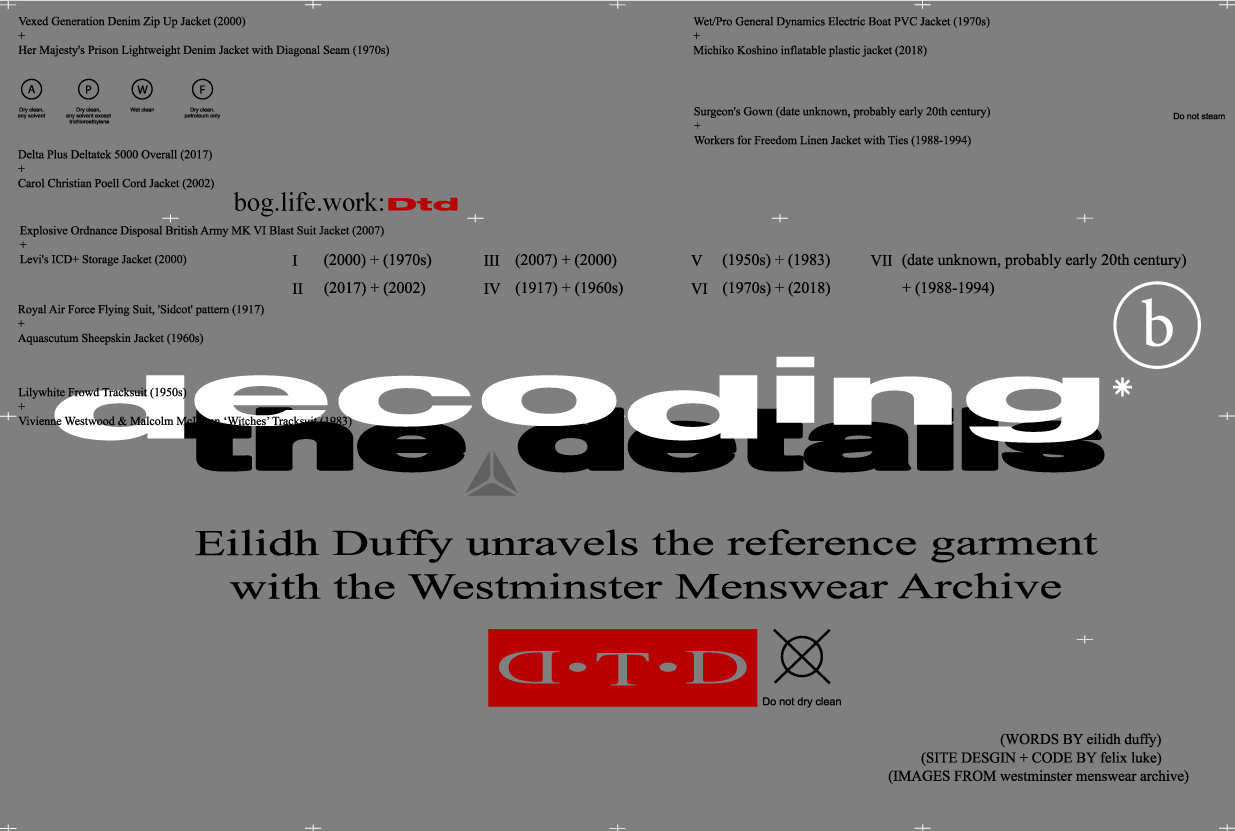
Fashion instantly mocks sensible inventions in clothing, subjecting them to unfunctional usage as soon as they appear, so they can seem authentically desirable and never merely convenient. This happened to belts, pockets, and fastenings of every kind, to helmets, aprons, and boots; they are no sooner put into use than into play
– from Sex and Suits, Anne Hollander (1994)
It’s no big secret that fashion designers make use of reference garments time and time again. Aside from the practicality of learning from those who have successfully designed before, here at Bog, we have a couple of theories for why this is. Firstly, because most humans share a similar shape (some combination of a head and torso plus arms, legs, feet etc.) it’s quite hard to reinvent the wheel when it comes to the basic shape of clothing. And when people do, the garments are often quite impractical for day-to-day wear because of a requirement for clothing to work in tandem with our anatomy. Our second intersecting theory is that references in clothing are likely to dictate a subconscious emotional response in the wearer.
Think about it: what are you wearing now? It’s likely that many of you are wearing denim, perhaps a pair of blue jeans. Where does this garment come from? Maybe you have your own specific reasons, but it's likely you’re wearing these jeans because they’re comfortable, a ‘wardrobe staple’. Why wouldn’t you wear them? But maybe there’s something also at play concerning what they symbolise. Maybe you’re into old workwear and you’re wearing them because you enjoy thinking about the history of denim and gold mining and California and all that stuff. Or maybe you’re into the fact that they became a symbol of rebellion in the 1950s, being banned in American schools for fear of turning kids into delinquents. Or maybe it’s the countercultural aspect that was really cemented in the late 1960s. Or is it grunge in the 1990s? Maybe it's none of these, and you’re into Tremain Emory’s Denim Tears which subverts all of these references we just mentioned and restructures the conversation around denim and its origins.
When you look closely, the garment is a conversation. Once you are able to read clothing, the references embedded in each silhouette, panel, stitch or zip begin to create a language, that of signals, not words.1 Here at Bog, we’re obsessed by the quest to find the root of each shape, the origins of each fabric and the first use of any technique, which almost always will lead you to a form of clothing created for utility.
We believe that it is within the realm of ‘utilitarian’ clothing that the most innovative developments in design have appeared, from the beginning of weaving (approx. 3400 BC) to the invention of GoreTex (1969 AD).
And it is within the realm of contemporary menswear that the reference garment really shines, so we thought it best to do a story on these garments with an archive focused on menswear: the Westminster Menswear Archive. Established by Professor Andrew Groves in 2016, the archive is home to over 2000 garments collected for the purpose of education. Alongside curator Dr. Danielle Sprecher, Professor Groves collects both historical, antique and vintage menswear, as well as contemporary fashion design in order to create a reference library of men’s clothing. Housed in The University of Westminster’s Harrow campus, the archive is first and foremost an educational resource used to give students access to some of the most innovative and important design from the last century.
From prison clothing to PPE, here we talk you through some pieces which we’ve found in the archive. Alongside these pieces, we have accompanying ‘designer’ clothing which, through their cut, shape, material and societal connotations, mirror these original reference garments.
1 Anne Hollander, Sex and Suits (London: Bloomsbury, 1994) p.13
